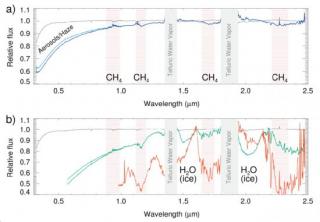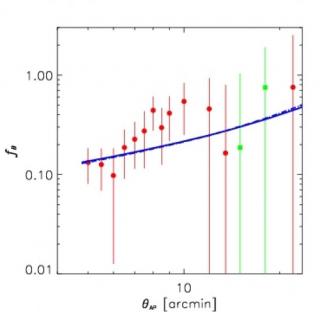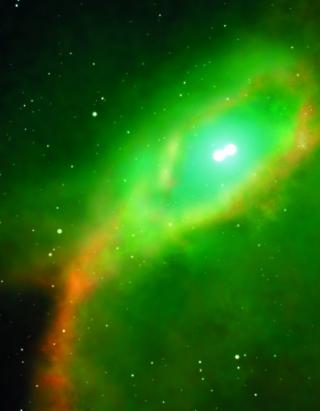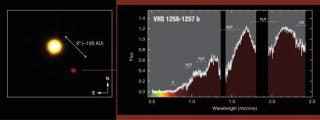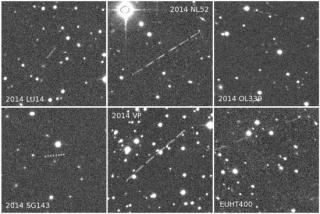
Since 2006, the European Near Earth Asteroids Research (EURONEAR)project has been contributing to the research of near-Earth asteroids (NEAs) within a European network. One of the main aims is the amelioration of the orbits of NEAs, and starting in 2014 February we focus on the recovery of one-opposition NEAs using the Isaac Newton Telescope (INT) in La Palma in override mode. As a part of this NEA recovery project, since 2014 June EURONEAR serendipitously started to discover and secure the first NEAs from La Palma using the INT, and thanks to the teamwork including amateurs and students who
Advertised on
